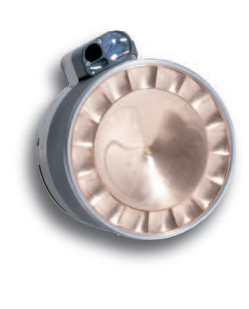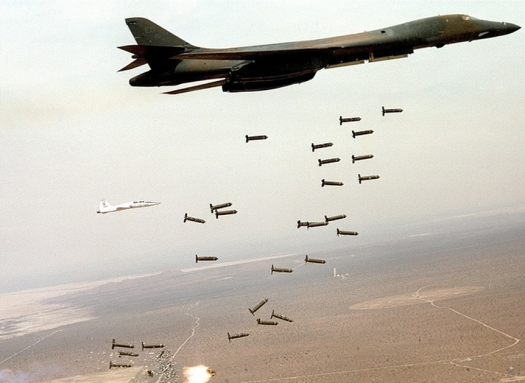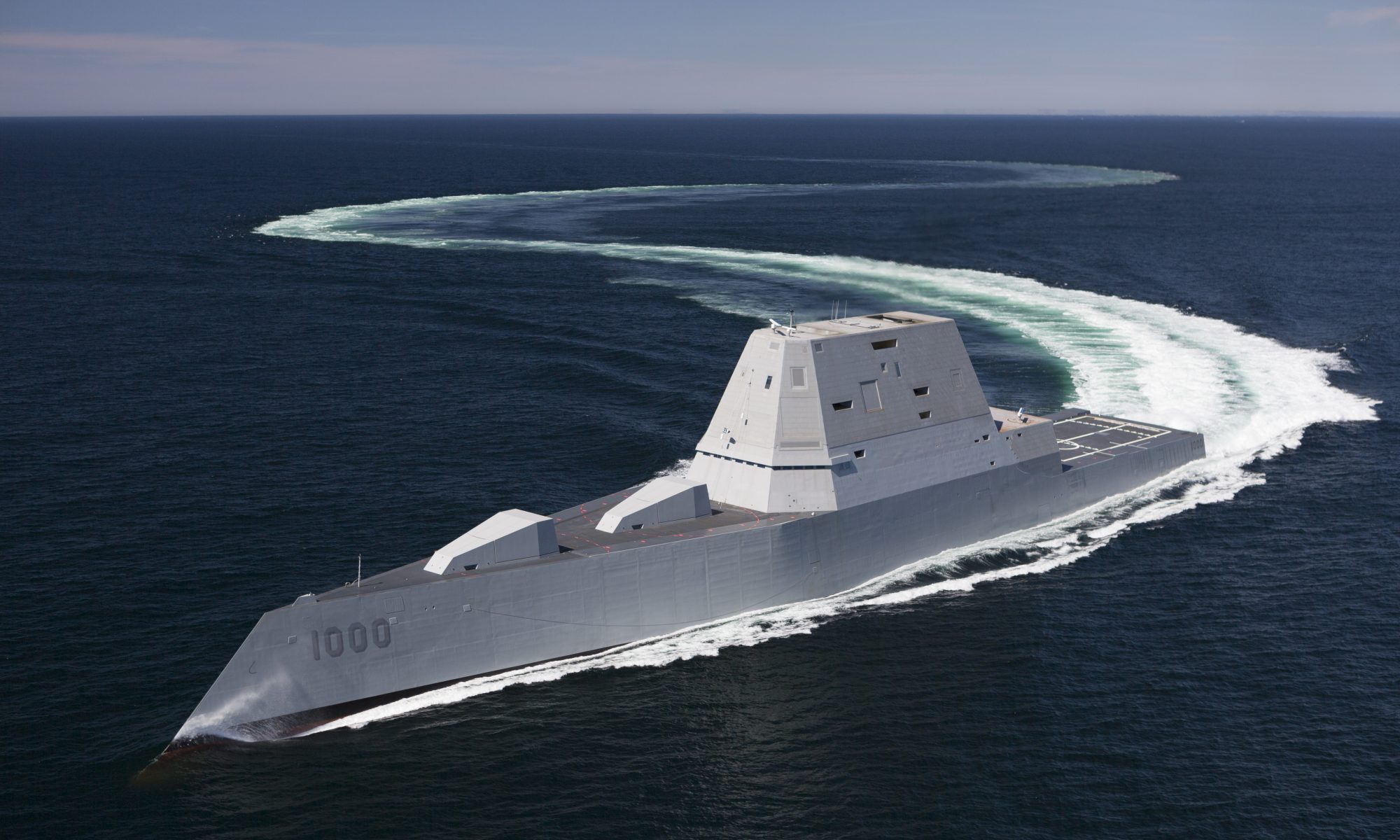INTRODUCTION
When we talk about busting tanks, large guns and missiles pop into our minds. But this job can be done in a very unique way by using a deadly weapon called the Sensor Fused Weapon (SFW). Initially developed as the Cluster Bomb Unit -97 (CBU-97) which was unguided and quite inaccurate when released from high altitudes, it was modified and improved into the CBU-105 with the addition of GPS and tail guidance fins, which made it a very accurate Precision Guided Munition (PGM). The policy of tank-busting of the USAF centers around this weapon which is dropped by a variety of platforms.

OPERATION
This is a very unique and versatile weapon whose use is not just limited to the destruction of enemy armour, but a host of other targets as well. Surface to Air (SAM) sites are a very big threat to combat aircraft in a conflict. To neutralize a widely spread chain of SAM sites which includes tens of launchers, radars and support vehicles, over a hundred guided missiles carried by 30-40 aircraft are needed. Instead, 2 F-15E fighters or a single bomber can drop these guided cluster bombs from high altitudes and destroy the targets effectively. A cluster bomb of this type can shred SAM launchers and radars with a high level of accuracy and effectiveness. A large number of CBU-105s can stop an enemy armoured division in its tracks and disable every vehicle in it. The principle and method of operation of this weapon is explained below.



1. The CBU-105 is dropped from the aircraft.
2. As the bomb approaches the target, the outer casing opens and releases 10 BLU-108 submunitions.
3. The submunitions are released at a considerable altitude and a parachute slows their descent
4. The BLU-108 submunition cylinder is now vertically oriented and descending slowly.
5. The BLU-108 is detached from its parachute and tiny rockets which are placed at angles are fired. These provide angular thrust which enables the rotation of the cylinder at high speed while it ascends and looks almost as if it were suspended in air.
6. Each BLU-108 submunition contains four hockey-puck-shaped sensor-fused projectiles called Skeets, which it releases during this high-speed rotation. The centrifugal force carries the skeets away from the now empty submunitions cannister.
7. An Infrared seeker present on each skeet scans for targets on the ground while a laser ranging device calculates the range for exact release timing.
8. Once it locks onto a target, the skeet fires copper explosively formed penetrators which impact on top of the target. A shrapnel ring released along with it causes damage around the target.

The feature that separates the CBU-105 from other cluster bombs is its exceptional safety. The skeets are guaranteed to explode after release or self-destruct after they hit the ground. This ensures that unexploded munitions aren’t lying around in the battlefield as they can pose a threat to civilians in the future.
PLATFORMS
These 450 kg (1,000 pound), GPS guided bombs cost over $700,000 per unit. The USAF uses them from a variety of combat aircraft like F-15/16, A-10, B-1/2/52. India has integrated them with the Jaguar. The number of these bombs that can be carried on each aircraft are shown with the pictures.






USERS
- The USAF is the largest user of this weapon with over 10,000 weapons in their inventory (their goal was 17,000 and the exact numbers are unknown).
- Saudi Arabia purchased 1300 CBU-105s and employ them on their F-15s.
- India purchased 512 of these weapons and employ them from their Jaguar strike aircraft.
- Other countries like Oman, South Korea, Turkey, and the United Arab Emirates have also ordered the CBU-105.
CONCLUSION
Such highly effective PGMs dominate modern warfare. They cannot be countered easily, but in the future, many countries will devise ways to counter such weapons. It was first used in combat during the 2003 invasion of Iraq and was very successful. Currently, any adversary facing this weapon has no defense against it and the only solution would be to shoot down the aircraft before it can release these smart bombs.
The official video of the CBU-105 released by its maker, Textron Systems is given below. It will help you understand further how these weapons work.
If you enjoyed the article, do rate it below.



great article, thanks again.
LikeLike
Thank you 🙂
LikeLike
pls consider writing an article about IAFs Su-30MKI…
LikeLike
and an article on ICBMs and their countermeasures…great article by the way…
LikeLike
good one
LikeLike
Superb post. Aren’t the aircraft deploying them vulnerable to AA fire?
LikeLike
Aircraft are vulnerable always. They are never safe. These weapons can be released from altitudes beyond the reach of AA Guns
LikeLike
Wonderful. Please make an article of Top ten weapons of Pakistan
LikeLike
Instead using Air force, India can try out using this Cluster bombs using in artillery and missile warheads for long range launches by customizing it like MIRV’s ! ! ! ! 🙂
LikeLike
how many can an F-15 carry?
LikeLike
Trump will order these dropped on the NAACP and ACLU headquarters.
LikeLike
What is the efficiency of these cluster bombs? It looks on the test video that most of the smart munitions hit the ground…
LikeLike